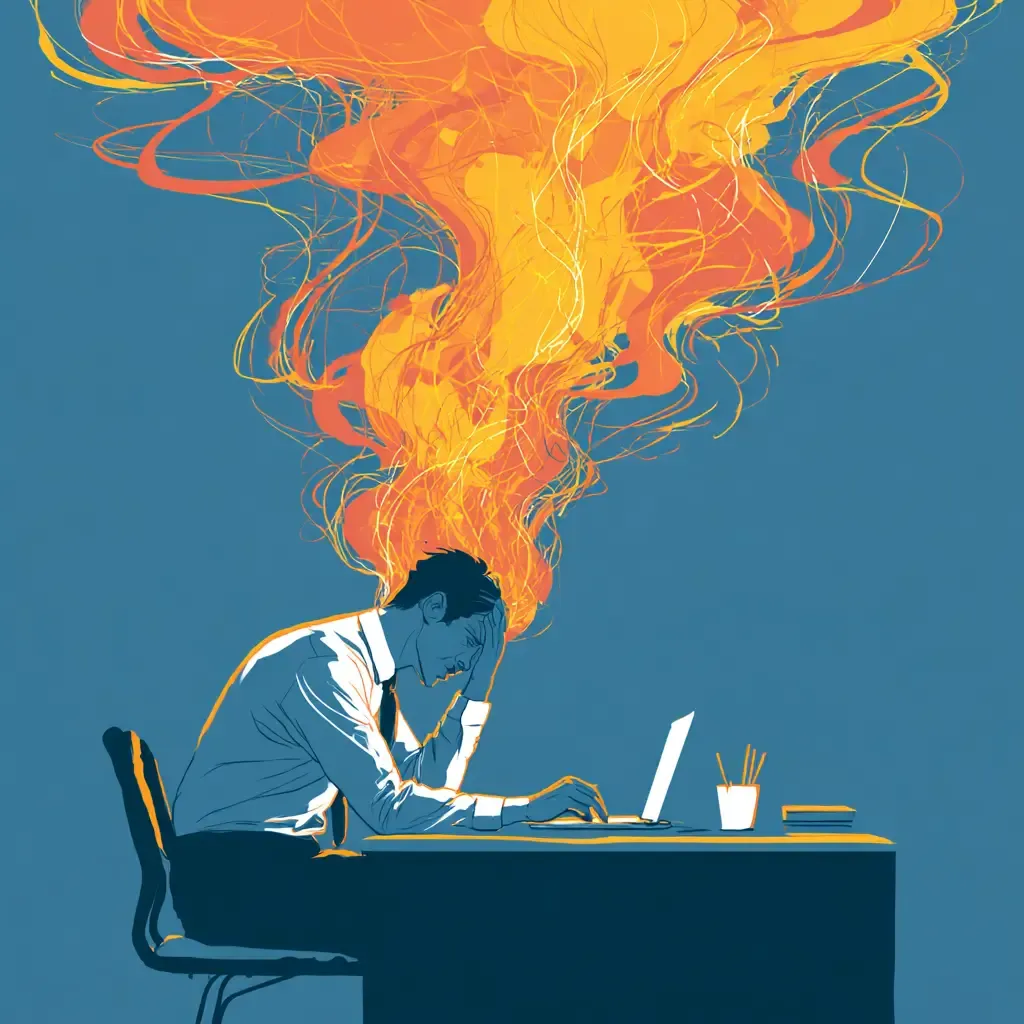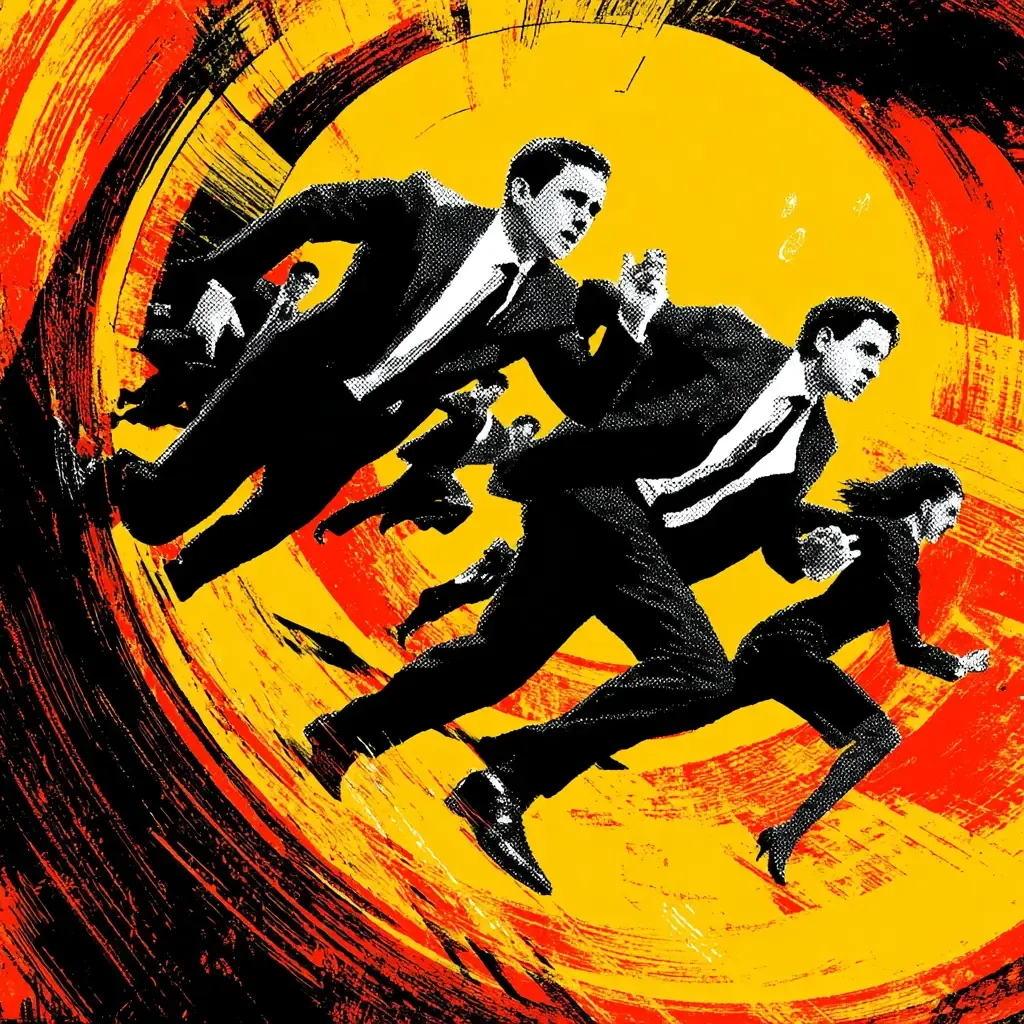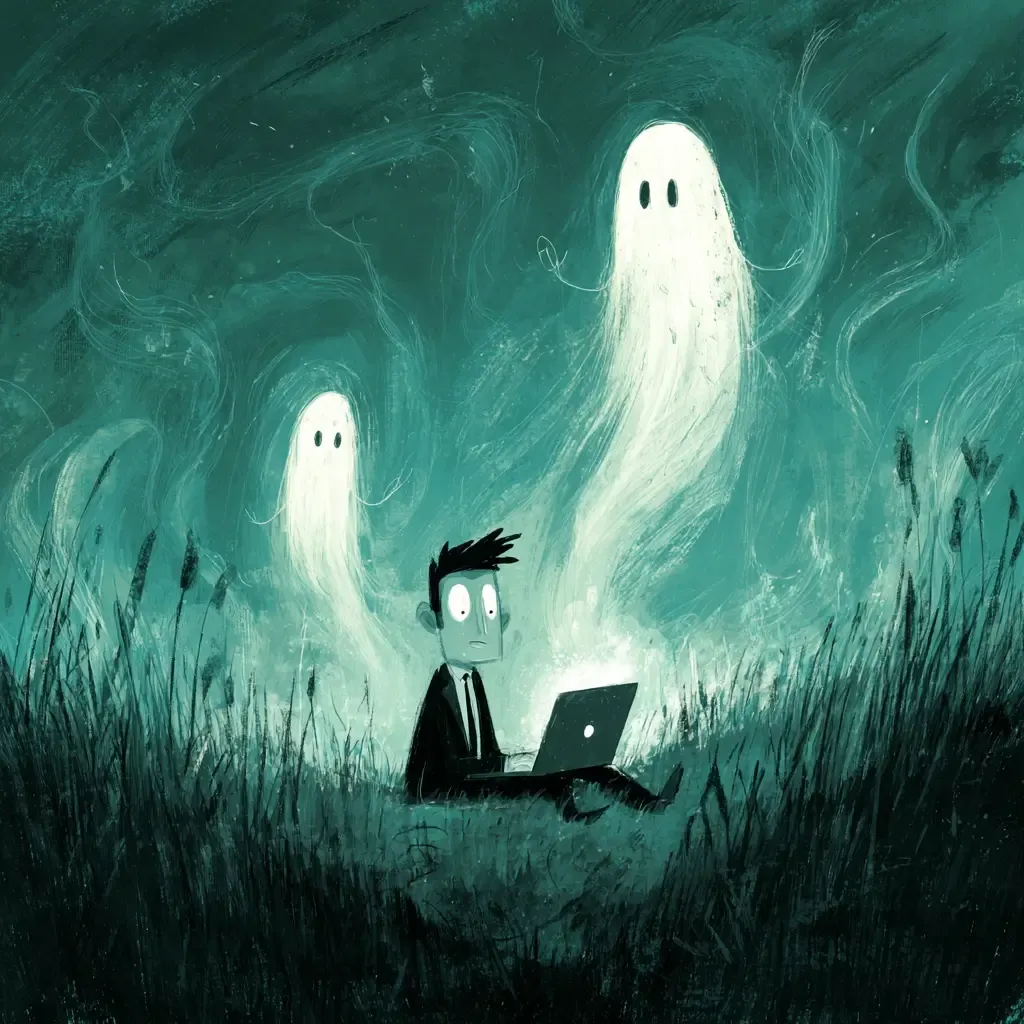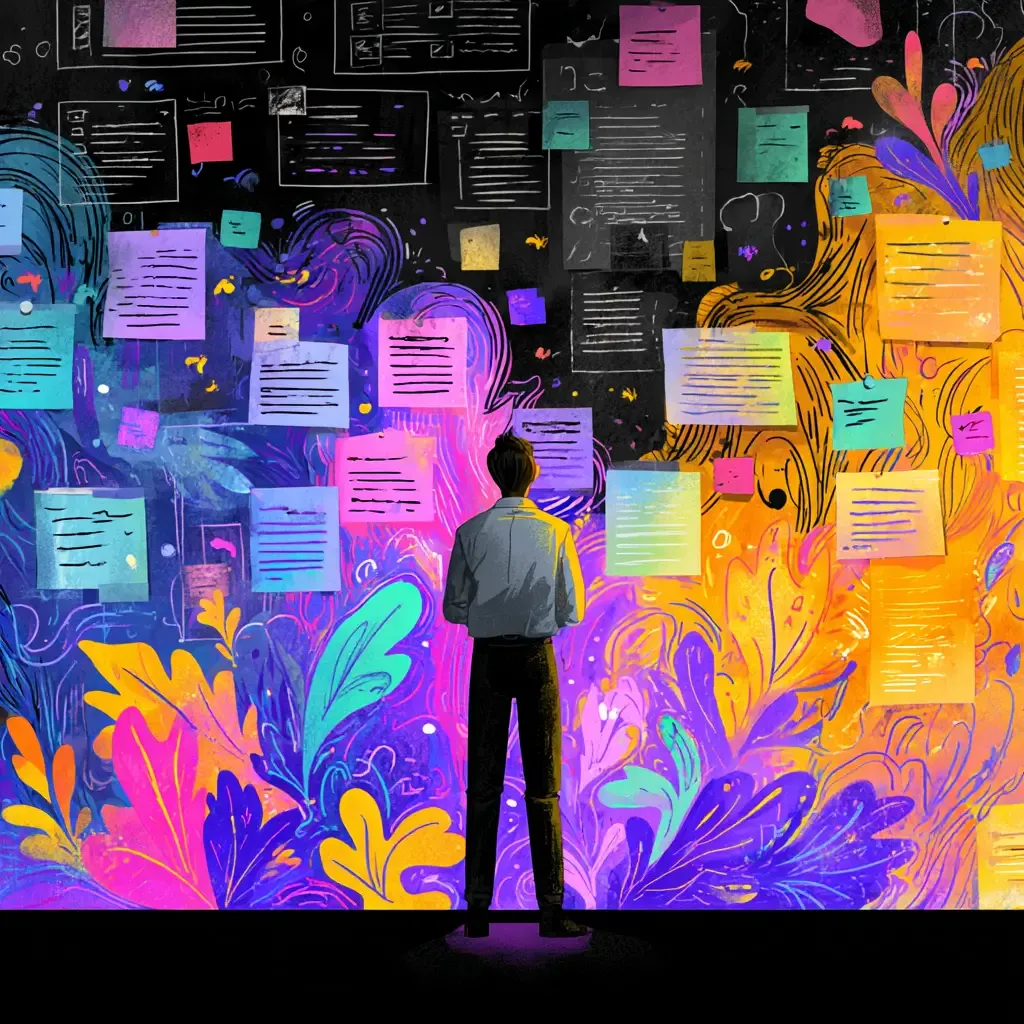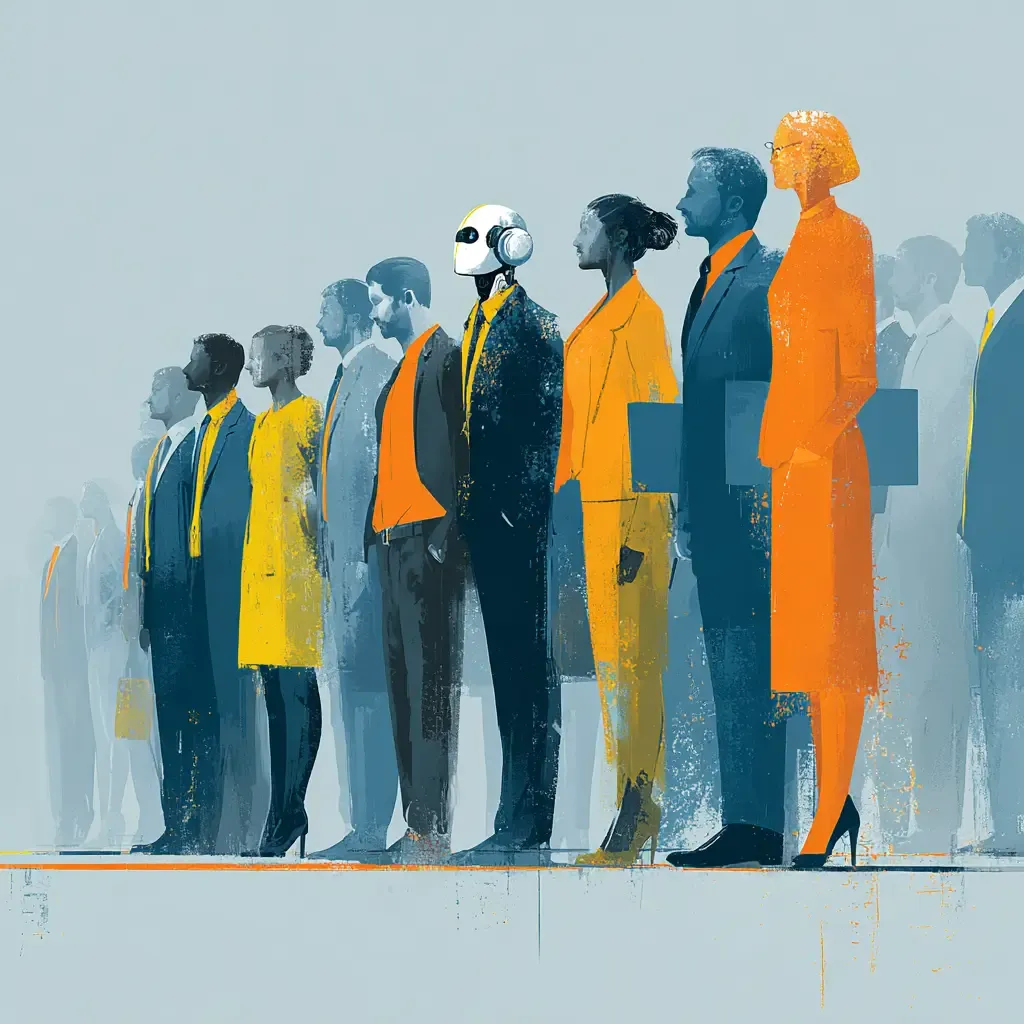How resilience gets weaponized in lean staffing models
TL;DR: Some organizations quietly treat burnout as part of the business model—accepting high turnover as the cost of lean staffing. “Resilience” gets reframed as an individual responsibility, weaponized to mask systemic overload. Change leaders must name this dynamic and push for sustainable capacity over disposable people.
1. The Hidden Business Model of Burnout
When leaders talk about “efficiency,” “lean staffing,” or “doing more with less,” they rarely acknowledge the unspoken tradeoff: burnout as a recurring cost of doing business.
In some organizations, high turnover isn’t seen as a crisis—it’s baked into the model. Recruiters keep pipelines warm, HR systems churn through replacements, and managers recalibrate workloads around constant vacancies. As long as quarterly numbers look good, the human toll is written off as acceptable attrition.
This isn’t incompetence. It’s intentional. Burnout has become part of the business model.
2. Resilience as a Corporate Weapon
Here’s where it gets darker. Instead of reducing the stress that drives burnout, many companies shift the burden onto employees themselves.
They brand it “resilience.” Wellness apps, meditation challenges, and “mental health days” are offered not as ways to rebalance organizational load, but as shields against criticism: We gave you tools. Why can’t you cope?
What started as a genuine idea—that humans can adapt to adversity—gets twisted into a justification for unsafe work conditions. Resilience is no longer support; it’s a weapon.
3. The Economics of Disposable People
The logic is ruthless but simple:
- It costs less to cycle through people than to fix systemic issues.
- Institutional knowledge is considered replaceable (or automated).
- Benefits like severance or retention bonuses pale compared to payroll savings from “lean” teams.
In industries like retail, healthcare, or customer support, the disposable-people model thrives. Entire sectors run on the assumption that employees will flame out after 18–24 months.
For change practitioners, this creates a paradox. We’re asked to help employees “adapt” while leadership quietly bets against their longevity.
4. What Practitioners Need to See
Change work isn’t neutral here. We are often embedded in programs that either reinforce or challenge these models. That means asking uncomfortable but necessary questions:
- Is resilience framed as individual grit or collective sustainability?
- Are leaders investing in systemic fixes—or shifting blame onto employees?
- Are turnover rates tracked as a KPI of failure or simply normalized as the cost of business?
If we don’t surface these realities, we risk becoming agents of the same system that’s breaking people down.
5. The Alternative: Sustainable Capacity
There is another path. Organizations that treat capacity as a core strategic asset—rather than an expendable resource—see different results:
- Retention improves. Fewer cycles of hiring and training.
- Innovation rises. People with energy left over contribute ideas.
- Trust builds. Employees believe leadership cares about more than short-term metrics.
It requires reframing resilience not as “grit to survive a toxic environment” but as shared accountability: balancing workloads, creating recovery space, and building realistic timelines into transformation efforts.
6. A Change Leader’s Role
As change leaders, we can:
- Expose the hidden costs of turnover in business cases.
- Frame burnout not as individual weakness but as systemic risk.
- Coach executives to see resilience as cultural infrastructure, not a personal responsibility program.
Most importantly, we can challenge the quiet acceptance of burnout as a business model. Because once that mindset calcifies, no wellness app in the world will fix it.
7. Call to Action: Refusing Neutrality
Change practitioners cannot remain neutral when burnout is treated as a business model. Our work doesn’t just help organizations adapt—it shapes the lived experience of the people inside them.
Silence signals acceptance. If we don’t call out when “resilience” is being weaponized, we risk enabling practices that harm employees while protecting the system that burns them out.
This means:
- Naming burnout as systemic, not personal.
- Building capacity and sustainability into change plans.
- Holding leaders accountable for turnover metrics as indicators of failure, not inevitability.
- Refusing to reframe survival as success.
Change is never neutral. Neither are we.
Final Thought
Burnout doesn’t happen by accident—it happens by design. When high turnover becomes an accepted feature of lean staffing, “resilience” is weaponized to keep employees in the game just long enough to burn out and be replaced.
Change leaders don’t have to accept this framing. We can name it, challenge it, and help design organizations where resilience is about shared strength, not individual survival.
ChangeGuild: Power to the Practitioner™
Frequently Asked Questions
Q: What does it mean when burnout is described as a business model?
A: It means organizations accept high turnover as a tradeoff for lean staffing, cycling through employees instead of addressing systemic workload issues.
Q: How is resilience being “weaponized” against employees?
A: Instead of reducing stressors, companies shift responsibility onto individuals through wellness programs and resilience training, implying failure to cope is a personal weakness.
Q: Why would organizations accept high turnover instead of fixing the problem?
A: From a cost perspective, some leaders see it as cheaper to replace employees regularly than to invest in sustainable staffing, retention, and workload management.
Q: What are the hidden costs of burnout and turnover?
A: Constant rehiring erodes institutional knowledge, lowers trust, and reduces innovation, ultimately undermining long-term performance.
Q: What can change leaders do to address this dynamic?
A: Change leaders can surface the hidden costs, frame burnout as a systemic risk, and advocate for resilience as shared cultural infrastructure rather than an individual burden.
Ready to Push Back on Burnout?
If you’re seeing resilience reframed as an excuse for unsustainable workloads, you’re not alone. Too many organizations treat burnout as the cost of doing business.
At ChangeGuild, we coach practitioners and leaders to:
- Expose the hidden costs of turnover
- Build sustainable capacity into change plans
- Equip teams to push back when “resilience” becomes weaponized
You don’t have to navigate this alone. Let’s work together to design change that protects people, not just processes.
This post is free, and if it supported your work, feel free to support mine. Every bit helps keep the ideas flowing—and the practitioners powered. [Support the Work]
